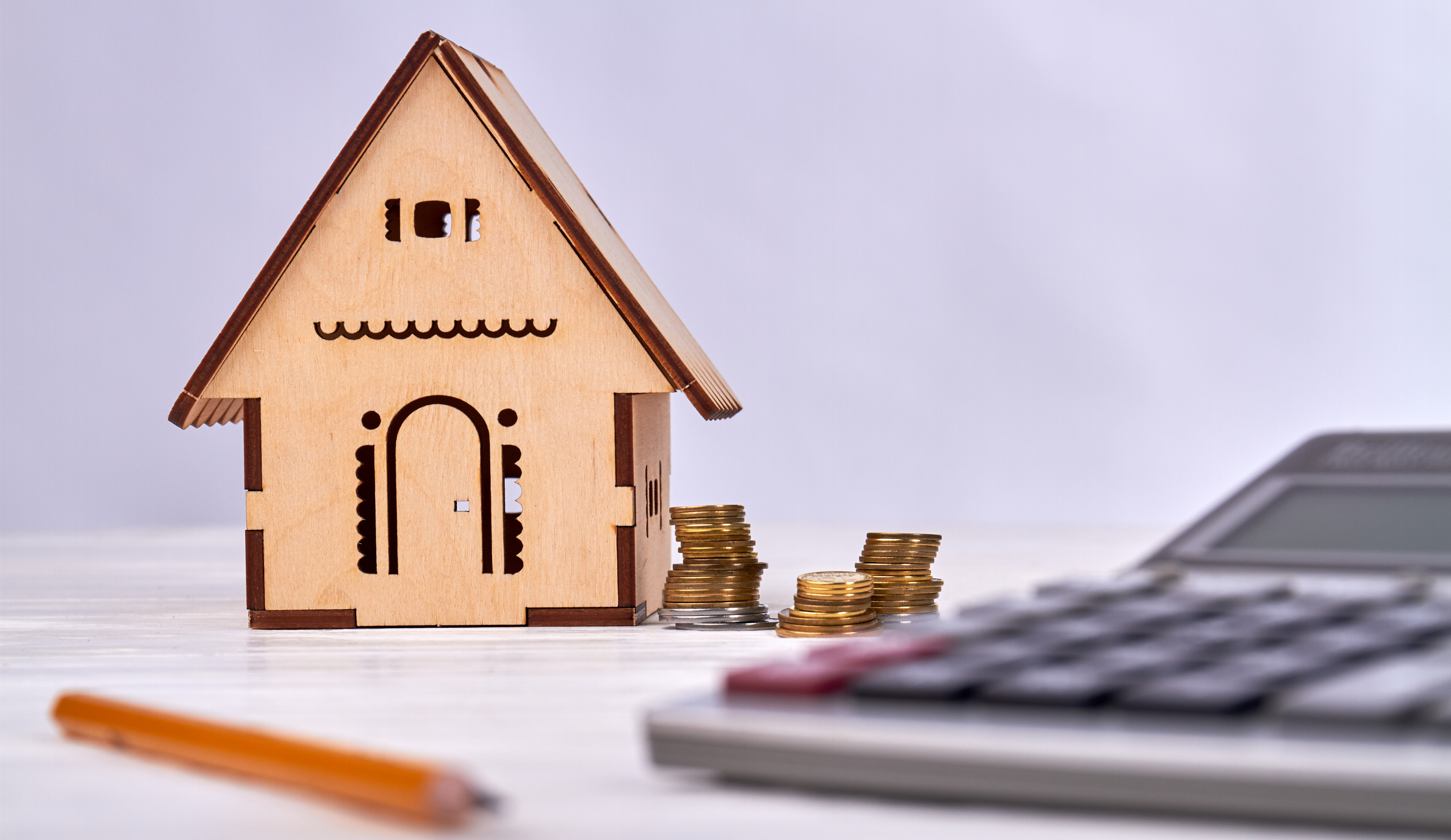How & What to Pay when Buying a Property in Singapore?
This article lists the items what you must pay for, and funding sources i.e. cash, CPF, loan when purchasing property in Singapore.
One of the hurdles people face when buying property in Singapore is trying to figure out how to pay for it.
If you’re one of the lucky ones with enough cash in the bank to pay for your house in full along with all the fees, the information in this article may not interest you. But for those who don’t have a lot of spare cash and need to use their CPF funds and/or get a bank loan, this article could be very helpful.
If you want to understand what needs to be paid in addition to the cost of the house and how the funds in your CPF account can help, keep reading.
What You Must Pay For
- Option fee: money paid to the seller in exchange Option to Purchase (OTP) for the property
- Deposit: money paid to the seller when you exercise the OTP
- Stamp duties: Paid to the Inland Revenue Authority of Singapore (IRAS) in the form of a Buyer’s Stamp Duty and an Additional Buyer’s Stamp Duty
- Balance of the property’s purchase price
Before even consulting with lawyers, as interested buyer you would usually have already written a cheque out to pay for the 1% option fee. The reason you’re paying an option fee is to secure the property you want. Developers/sellers typically ask for an option fee of 1% or 5% of the purchase price before they will issue an Option to Purchase. Within the period stated in the OTP, the seller is unable to sell the property to anyone else. You can pay the balance using a combination of cash, CPF funds and/or bank loan.
Funding Sources: Where the Funds Will Come From to Buy Your Property
1. Cash
2. CPF savings
3. Bank loan (housing loan)
There is a specific order in which the funds need to be paid. You must pay in cash before you can withdraw CPF funds, and then you can use monies from a bank loan. For example, if you plan on paying 60% of the purchase price from a bank loan, 20% from your CPF account, plus 20% in cash, you must use cash first when making a payment.
Once you’ve paid 20% of the purchase price in cash you can start using your CPF funds. Likewise, your 60% housing loan can only be used once you’ve already paid a total of 40% of the purchase price from a combination of cash and CPF funds.
Use of CPF Funds
-Savings-for-when-buying-a-home.png)
If you are like most buyers, you are interested in knowing how and when you can use the funds in your CPF account. These funds are usually not available for use, but buying a house is one of very few exceptions. Here is a list of the costs that are allowed to be paid with the funds in your CPF Ordinary Account (OA):
- Legal fees
- Stamp duties
- Purchase price
- Monthly instalments to repay housing loan
You will need to decide whether to withdraw funds from your CPF OA and if so, how much of your CPF savings should you use. Keep in mind that any CPF funds that you use towards purchasing your house must be repaid to your CPF account, along with accrued interest, when the house is sold. The OA interest rate is currently set at 2.5% a year.
Buyers trying to purchase a second property with CPF funds must leave their Basic Retirement Sum (BRS), which is currently $93,000. This amount can include money in your Special Account (SA). So, only funds exceeding the BRS currently remaining in your CPF OA can be used towards the purchase of a second home.
You can pay your legal fees and stamp duties out of your CPF OA, which can be as a reimbursement after you’ve already paid those fees in cash. Then, later on you can be reimbursed for these amounts from your CPF account. When buying a house that is still being built i.e. new launch property, you can pay the legal fees and stamp duties right out of your CPF.
You can also use the funds in your CPF OA account to pay the monthly repayment instalments on your bank loan. Inform your lawyer that you want to use your CPF to make these monthly payments on your bank loan, so they can apply to the CPF Board on your behalf. Once this is in place, you can login to your CPF account each month to change the amount to be paid from your CPF OA.
Take note of CPF Usage for Stamp Duties
If the cash you have on hand is nearly sufficient for purchasing the house you want, you may need to be careful about the timing of your purchase. This is important if you are planning on paying your stamp duties right out of your CPF funds for buying a house under construction.
You will need to pay the stamp duties within 14 days of exercising your OTP. But when you apply to the CPF Board for permission to use your CPF savings to directly pay stamp duties, the process typically takes three weeks. Therefore, you need to inform your lawyer in plenty of time, so the expiry date doesn’t pass. Otherwise, your CPF funds won’t be available by the deadline.
If that’s the case, you will only have two options left – pay cash for the stamp duties and wait to be reimbursed from CPF or pay the late payment penalty interest. This is why it’s important to speak to your lawyer right after signing the option to purchase, so they can advise you on the best course of action.
Disclaimer: The information provided in this article does not constitute legal advice. We recommend that you get the specific legal advice you need from an experienced attorney prior to taking any legal action. While we try our best to make sure that the information provided on our website is accurate, you take a risk by relying on it.
At Pinnacle Estate Agency, we strongly believe in sharing our real estate knowledge to the public. For more content like this article, check out our Singapore Property Guides.
Have any further questions on how to pay for property purchased in Singapore??








